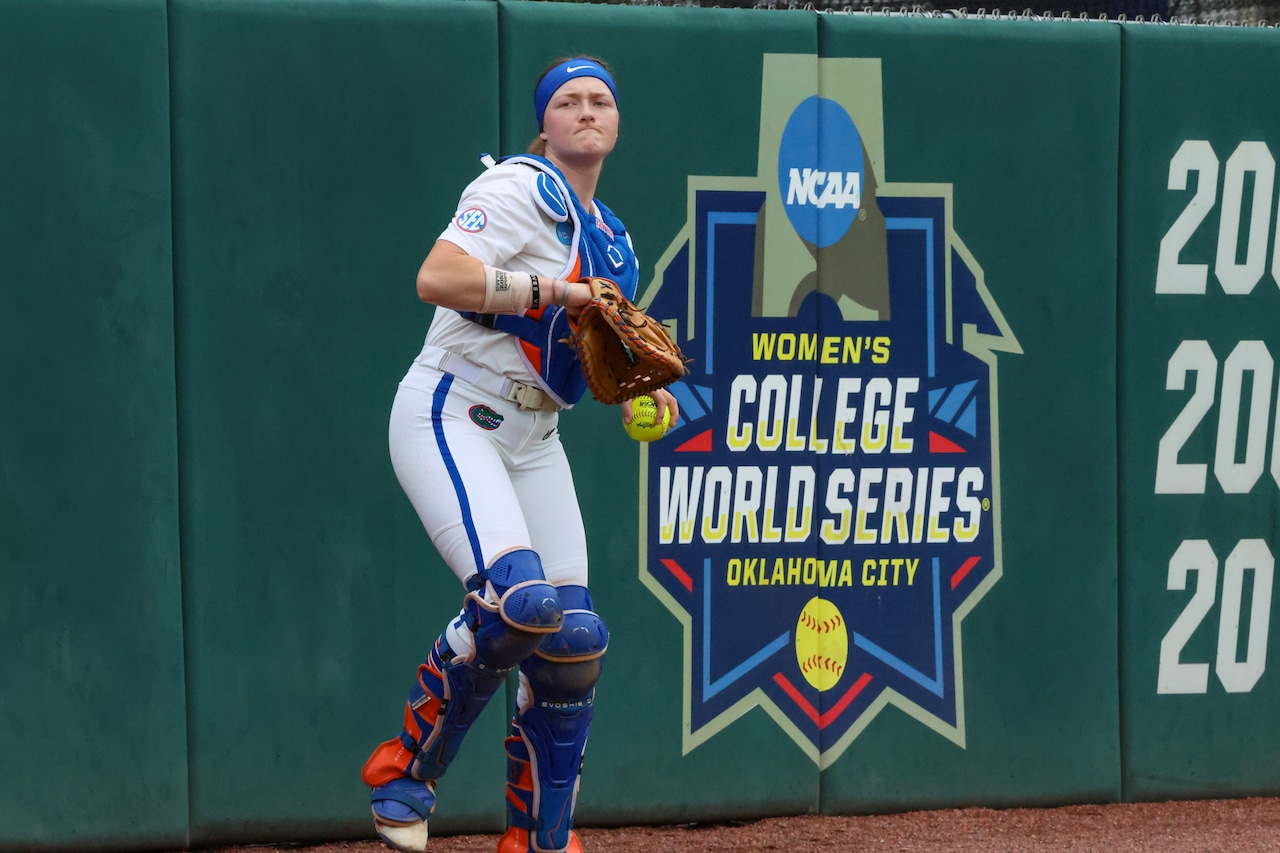
Cursive writing was removed from schools’ “Common Core” standards, which are set by a group of governors and school administrators from around the country, in 2010. Wait, this is a public health column, why cursive as a topic? It has been sad and disappointing to watch cursive handwriting removed from our schools. A recent study came out, adding to other studies, showing clear evidence of the benefits of handwriting. I am taking the liberty of sharing this study and advocating for the restoration of cursive handwriting.
Those that made the decision to delete cursive writing in schools stated that they received feedback from teachers that it was very time-consuming to teach. With the introduction of technology, they felt keyboarding was a priority for young students.
A new study discussed in Science News has shown that cursive writing boosts connectivity in the brain. The study shows “there is a fundamental difference in brain organization for hand-writing as opposed to typing.’ Electrodes were attached to participants’ heads. The participants were monitored while writing cursive or typing. Researchers saw increased activity in sensory, motor and memory areas of the brain while writing. Typing did not show the same activity. It suggests that this stimulation increased learning.
This supports previous research that illustrated that handwriting improves spelling accuracy, memory recall and conceptual understanding. The process of tracing out letters and words gives individuals more time to process and learn.
Historically, many were judged by their legible handwriting and fine penmanship. English handwriting is very distinct. My British grandmother explained to me that one could tell another’s place in society in England and the quality of their schooling by their handwriting. In watching “The Crown,” I recognized handwriting similar to that of my English relatives. My mother bought me a typewriter for college that printed in cursive. I guess there is some history that instilled the value and love of cursive writing for me.
Until the last five years, our charts in the emergency department were all hand-written. Mostly people wrote in cursive, but some printing. Some wrote nearly illegibly and others beautifully. What I found interesting was that we all could, with a quick glance, identify everyone’s handwriting. To this day, I could still see any of those coworkers’ handwriting and know who it belonged to. I do not have this type of familiarity with my coworkers today, as all our documenting is in the computer.
Drew Gilpin Faust, historian and former president of Harvard, voiced concern for a future with a small group who can translate cursive writing of historical documents. She was teaching a class at Harvard on the Civil War and discovered that two-thirds of the class could not read cursive. She is concerned that eventually only a small group of translators will be able to read cursive. There is always concern about the accuracy of a translated document.
The Declaration of Independence and the Bill of Rights are written in cursive. Many other historical documents and records are in cursive. Grandchildren and great-grandchildren will not be able to read old family letters written in war times and good times, the backs of photographs and other memorabilia. It is a loss of access to a means of communication. In present day, I have heard of some parents having to read their school-age children’s cards and letters from their grandparents to them because they can’t read cursive.
Experts say cursive handwriting shouldn’t be left behind in the digital age. One cannot replace or substitute one for the other. Drew Gilpin Faust stated, “Writing is good for young brains, we shouldn’t use this generation as guinea pigs to see how their brains end up without any handwriting.”
So, it can be loosely concluded that if our youth have more learning potential because of the use of cursive writing, it can improve our public health. Education gives children knowledge, reasoning, values, socio-emotional awareness and control so they can become engaged, productive, creative and self-governing members of society. Education has been shown to have a direct effect on individual and public health.
I am happy to report at this time 25 states, including Massachusetts, have brought cursive writing back to school curriculums, and five states have legislation in the works.
From signing your first library card, to endorsing your first check, driving license or mortgage, writing a postcard while on vacation or a greeting card signed by “Mrs. C” with hearts, x’s and o’s, cursive handwriting follows us through life. Although the utility of cursive writing may not be evident in everyday life, like calligraphy or any other art form, it is valued for its aesthetic worth. In the future, our handwriting may appear as archaic as the ancient writing on cave walls looks to us today. And will be appreciated for the history it provides.
“Handwriting enables civilization.” — Toba Beta
Take care of yourself and someone else.
Westfield Health Department staff and Board of Health members Juanita Carnes, FNP-BC, Carrie Hildreth-Fiordalice, LICSW, and Stan Strzempko, M.D., are dedicated to protecting the public health of this community and keeping you safe.






